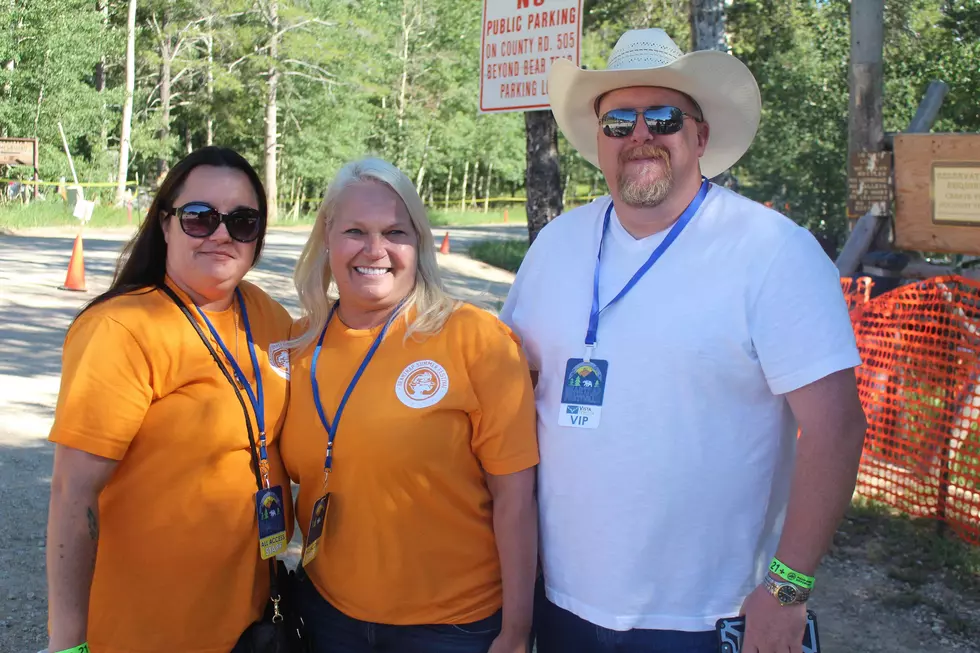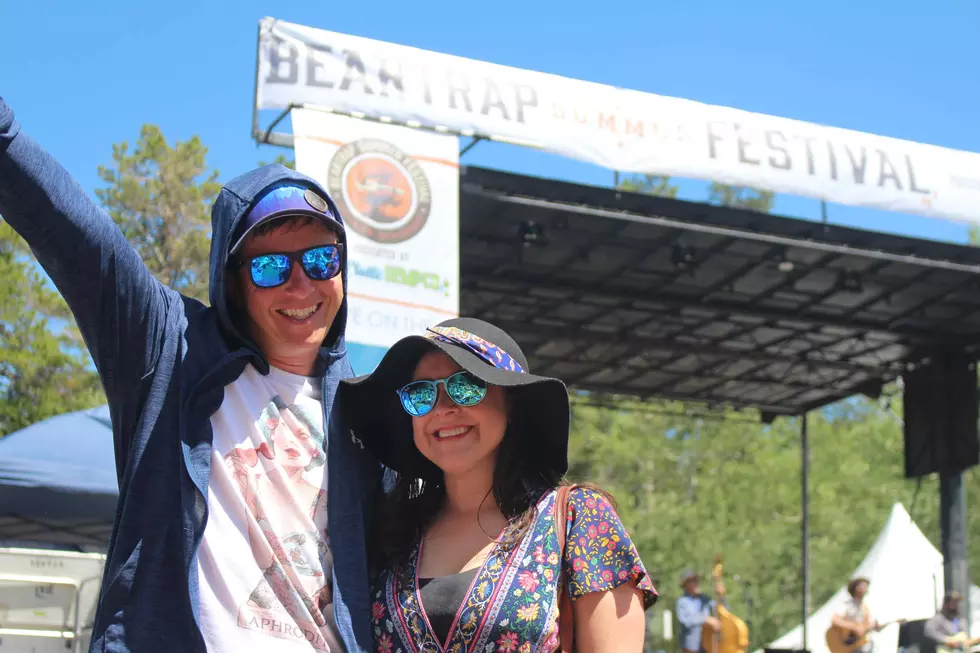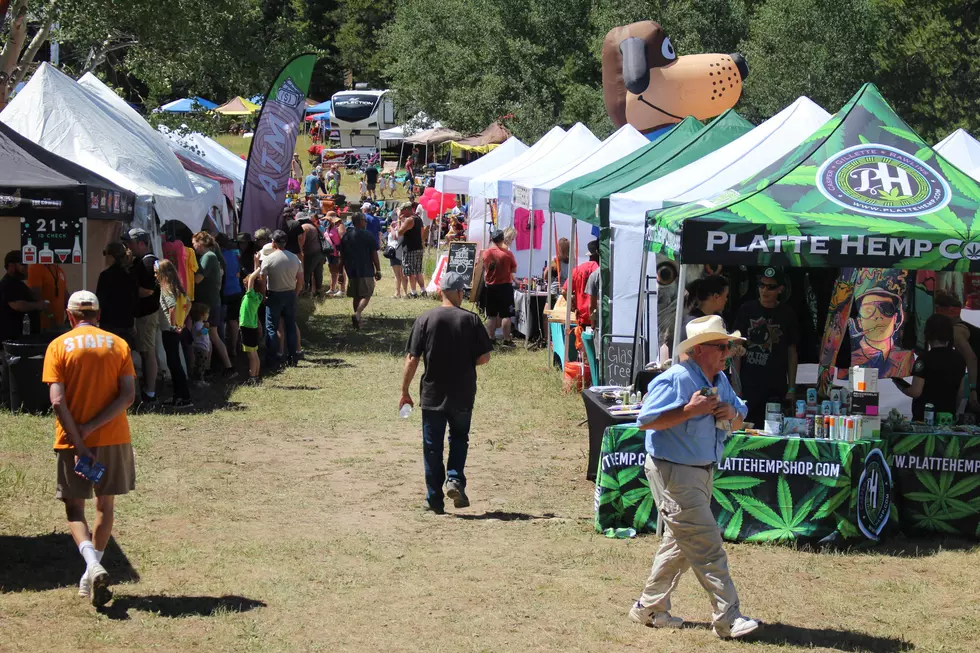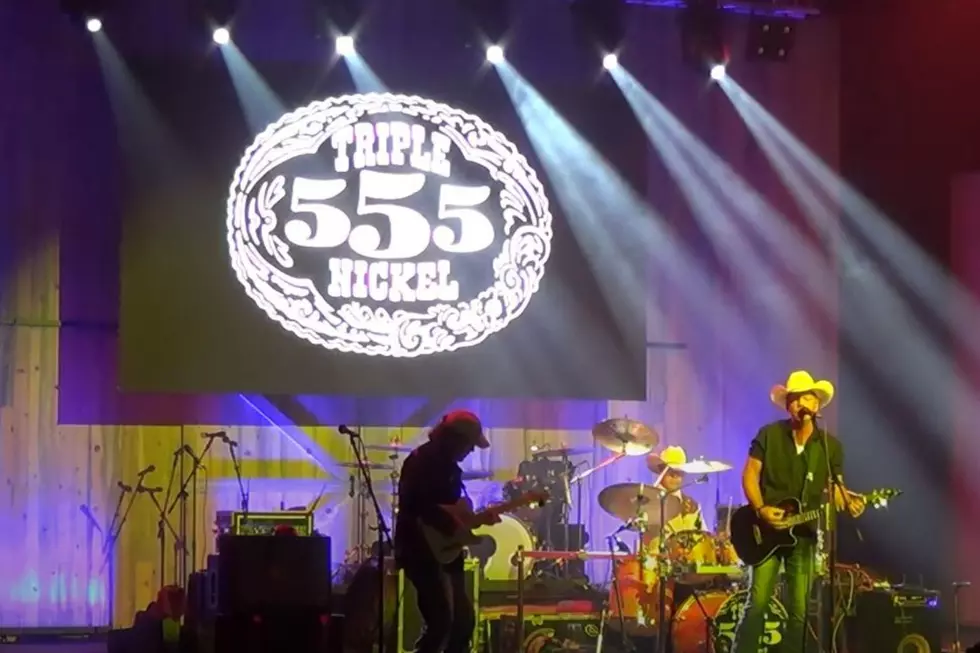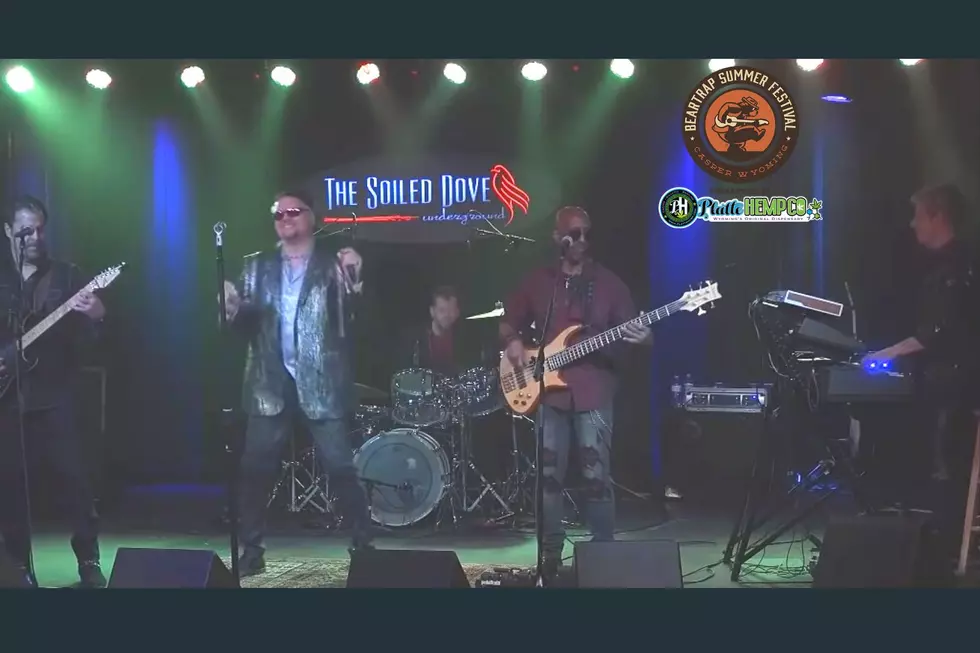![The Evolution Of Sam Bush: Father Of Newgrass [VIDEO]](http://townsquare.media/site/260/files/2013/06/1014284_10151636146238770_12429243_n.jpg?w=980&q=75)
The Evolution Of Sam Bush: Father Of Newgrass [VIDEO]
The year was 1952, in Bowling Green, Kentucky - a child was born that would end up changing the face of American Bluegrass. His name was Sam Bush, and it didn't take long before that baby boy was well-steeped in most things Country and Bluegrass. He was an early devotee of the Flatt & Scruggs television show - but much of his musical education came through the record collection of his father Charlie, a farmer and fiddler, who used to bring home albums by musicians like Tommy Jackson, fiddle player on the Grand Ole Opry. It was the accompanying mandolin on those albums that caught young Sam's attention, and led him to purchase one of his own at just eleven years old.
Sam Bush began attending Bluegrass festivals, fiddling contests - and as the young picker improved his craft, the accolades began to follow. As a teen, Sam won first place three times in the National Old Time Fiddler's Contest's junior division - and began to record, the first with an instrumental trio that included early mentor Wayne Stewart, and banjoist Alan Munde, the three calling themselves "Poor Richard's Almanac".
It was a Spring trip in 1970 that led Sam in a new and different musical direction, after visiting a fiddler's convention in North Carolina, and drawing inspiration from the rock-influenced progressive Bluegrass of the New Deal String Band, seen here in a 70's parking lot performance during a festival similar to our own Beartrap.
In the fall of 1971, Bush's band dissolved, and New Grass Revival was born, with Sam alongside banjo heavy-hitters that eventually included the ranks of Bela Fleck, and more - plenty of lineup changes over their 18 year run, along with plenty of material that began to change the face of the genre - more than 20 albums, and even the Country hit "Calling Baton Rouge", which was a hit not only for New Grass Revival in 1989, but also Garth Brooks 5 years later.
However, it wasn't mainstream success that New Grass Revival is most remembered for - it was the pioneering sound and style that began a dramatic shift in a genre that was quite traditionally-focused at the time. If you were a Bluegrass musician, you were expected to have matching outfits, short hair, look and sound the part. Enter Sam Bush and company - whose unique sound, long hair, flannel shirts (or whatever else they felt like wearing), and irreverent additions to set lists from musical inspirations like Jerry Lee Lewis, the Beatles, even Bob Marley, began to turn tradition on its ear, and the fans took notice.
All good things generally come to an end, and New Grass Revival was no exception - after their 1989 breakup, there have been few reunions to speak of. The first, a benefit for the widow of original member Courtney Johnson, who passed away from lung cancer in 1996, joined by an all-star lineup including Jerry Douglas, Ricky Skaggs, Peter Rowan and more.
The second, an impromptu invite by Garth Brooks to appear live on Conan O'Brien backing him up as he performed "Do What You Gotta Do" (written by New Grass Revival member Pat Flynn), and the third - an April 2007 performance when members stepped into the limelight at the 20th anniversary of the famous Merlefest, coming together for the first time in a decade to play the Townes Van Zandt classic "White Freight Liner".
Between stints in the Nashville-based Duckbutter Blues Band, years of touring with Emmylou Harris's Nash Ramblers, being the side man for Lyle Lovett and one of New Grass Revival partner Bela Fleck's "Flecktones", Sam settled into headlining his own project - which is how you'll see him in the meadow this year at Beartrap.
In 2010, his native home of Kentucky passed legislation that officially named Bowling Green as the "Birthplace of Newgrass", and officially anointed Sam as the "Father Of Newgrass". Can't argue with that - and can't wait for Beartrap's first Bush visit this August.
Here's a full set of the Sam Bush Band at the Yonder Harvest Festival recently to tide you over!
More From 107.9 Jack FM
